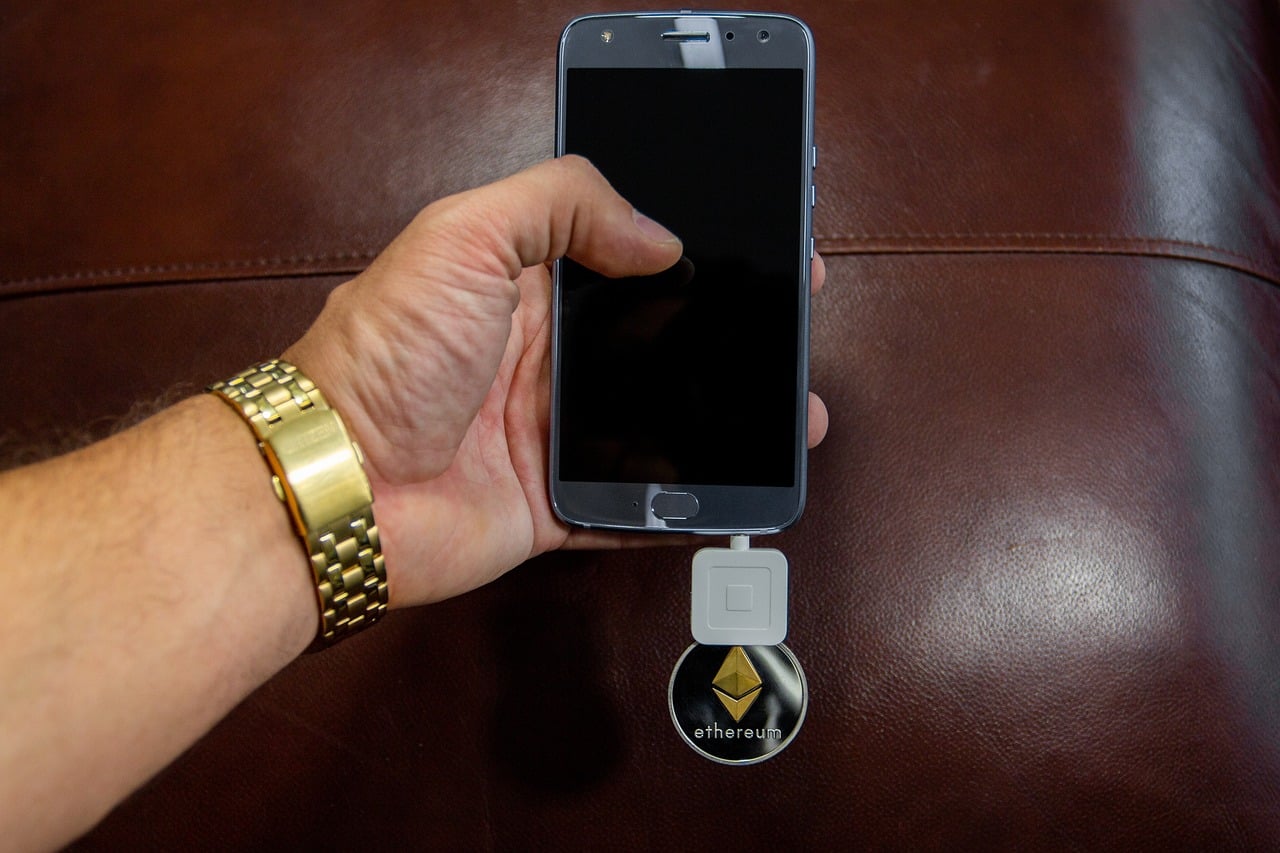Imagine you’ve just initiated a simple transaction like converting 0.02 eth to USD. What happens after you hit that confirmation button? Well, your transaction enters the thrilling world of the Ethereum blockchain, but it’s not a smooth ride to completion.
What is a pending transaction, and what transpires before your transaction is finally complete? Why do some transactions go through while others fail? In today’s article, we delve into the topic of pending transactions on the Ethereum blockchain and the different ways to handle the situation.
What is a Pending Ethereum Transaction?
If an Ethereum transaction is pending, it has already been submitted to the network and is currently lying in the mempool, waiting for miners to pick it up, include it in a block, and process it. A mempool is a waiting room for unconfirmed Ethereum transactions.
Because miners prioritize transactions with higher gas prices, those with lower fees may stay longer in the pending stage. Transactions with the lowest gas fees are the least likely to be picked and may sometimes get stuck in the pending status forever.
Why is my Ethereum Transaction Pending?
So, why does the status of your Ethereum transaction read ‘pending’?
Insufficient Gas Prices
The Ethereum network has limited capacity to process transactions. To ensure fairness in the access of this limited space, Ethereum uses a market solution. This means that miners and validators prioritize transactions with higher gas fees. When a transaction’s gas fee is too low while network congestion remains high, your transaction will likely stay pending for several hours or even days. Sometimes, your task will remain pending indefinitely, and if this happens, you should resubmit the transaction.
Transaction Sequence
The Ethereum platform is tailored to only process transactions in the order they were submitted. This means that provided an older transaction is still pending, a newer one with a higher fee will only go through once the older one is processed.
How to Handle a Pending Transaction on Ethereum
When you encounter a pending transaction, there are several ways to handle the situation.
Check the Status
Your first step should be determining your transaction status. You can do this by searching for your transaction hash on a blockchain explorer. This way, you can confirm whether your transaction is confirmed, failed, or pending.
Wait out
Sometimes, pending transactions need just a bit of time to resolve themselves. Factors like network congestion and blockchain size can cause delays in transaction processing. Also, miners prioritize tasks with higher fees, so it might take some time before your transaction is processed.
Cancel the Pending Transaction
In-app cancellation and setting up a custom nonce are the two methods to cancel a pending Ethereum transaction. The former is the easiest of them all. All you need to do is exit the Ethereum wallet application and close your browser before reopening and logging back into the application.
Try setting up a custom nonce if this fails to solve the issue. This means replacing the transaction with another 0 ETH transaction with a higher gas fee and sending it to yourself with the same nonce as the pending transaction.
Speed Up the Transaction
Ethereum users can spend up a slow transaction by increasing the gas price. Doing so incentivizes miners and validators to prioritize your transaction. This means that setting a very low price for your transaction means other users can outbid you, so, your transaction will remain pending as the others with higher fees are processed.
Are Ethereum Transactions Reversible?
Once an Ethereum transaction is completed, you can’t reverse it. Say you accidentally transfer funds to the wrong address. You have the chance to cancel the transaction while it is still pending. However, once the status changes from ‘pending’ to ‘successful,’ there is nothing you can do.
The Ethereum platform is immutable, meaning the data entered blocks are irreversible. With this understanding, double-checking transaction details before finally hitting the ‘send’ button is crucial.




